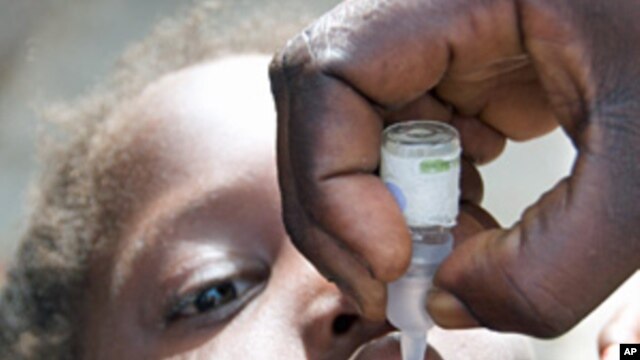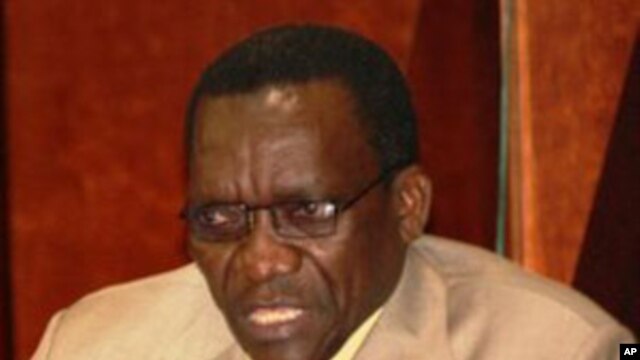Nyerere the Father of Southern African Liberation
Mwalimu Julius
Kambarage Nyerere was the father of southern African liberation, and
one of the founding fathers of the Southern African Development
Community. Born in Butiama near Lake Victoria on 13 April 1922, when he
passed away 10 years ago on 14 October 1999, Africans everywhere shared
the sense of loss felt by Tanzanians.
15 October 2009
He was Baba wa taifa, father of the nation, the moving force for the
independence of Tanganyika on 9 December 1961 and for its unity with
Zanzibar on 26 April 1964 to create the United Republic of Tanzania. A
charismatic leader of sharp intellect and great personal integrity, he
welded a country and a national identity from over 120 ethnic groups,
united by their language Swahili and by a social harmony constructed on
the ideals of peace, justice, unity and personal commitment.
His firm support for equality and tolerance ranged across all diversity
of race, religion, class and gender. He encouraged Tanzanian women to
play a leadership role in society and adopted a parliamentary system
that has guaranteed seats for women. His pursuit of an equitable
socio-economic society through collective self-reliance was more
difficult than he had envisaged, and he once said that "we are very good
at sharing the wealth in Tanzania but I only wish we had made more
wealth to share."
Tanganyika's independence in 1961 was an inspiration to those who
believed that political independence could be achieved by non-violent
means and he worked tirelessly in support of this goal for Zambia
(1964), Malawi (1964), Botswana (1966), Lesotho (1966), Mauritius
(1968), Swaziland (1968) and Seychelles (1976). When the other countries
of southern Africa were forced into wars of liberation to eventually
achieve the same end, Tanzania provided political, material and moral
support until independence and majority rule were achieved in 1975
(Mozambique, Angola), 1980 (Zimbabwe), 1990 (Namibia) and finally, 1994
(South Africa). Nyerere pursued the ideals of liberation, democracy and
common humanity into the rest of the continent and, with the leaders of
the other few African countries that were independent in 1963,
established the Organisation of African Unity (OAU), which later became
the African Union. The main objective was political liberation for the
rest of the continent.
Their tool for achieving this, the OAU Liberation Committee, was hosted
by Tanzania, and most liberation movements were based there at one time
or another. Nyerere was one of nine leaders who came together in 1980 to
establish the Southern Africa Development Coordination Conference
(SADCC), which later became the Southern African Development Community
(SADC). The leaders of Tanzania, Zambia and Botswana formed the Front
Line States in 1974 to work together in a united front for common
security and for majority rule in neighbouring countries, under the
chairmanship of Nyerere, and this was a forerunner of the SADC Organ on
Politics, Defence and Security Cooperation.
The political changes in Namibia and South Africa in 1990 and 1994,
changed the face and future of the African continent, and completed the
work of the OAU Liberation Committee, but socio-economic development has
remained a vision. Through Nyerere's leadership, all Tanzanians were
able to take pride in their contribution to the liberation of the
region, through "people-to-people" support in hosting refugees,
contributing food, clothing, and shillings.
One very successful campaign drew a voluntary contribution of one
shilling each to support Mozambique. Although the decision to initiate
the SADCC was taken in Arusha, Tanzania and the launch was in Lusaka,
Zambia, the organization was hosted by Botswana, and Nyerere used any
occasion to give credit for its formation to his colleague and close
friend, the late President Seretse Khama of Botswana. When the SADCC was
formed in April 1980, Khama saw the difficulties ahead when he
predicted that, "The struggle for economic liberation will be as
bitterly contested as has been the struggle for political liberation."
SADC, formally established by the Windhoek Treaty in 1992, has turned
its vision of free trade into a formal agreement launched in 2008, and
most member states have developed a national Vision of where they want
to be by 2016 or 2020. The Lagos Plan of Action for socio-economic
development of Africa was the OAU's plan of action 1980-2000.
Meeting in Lagos in April 1980 just after the SADCC was launched,
African leaders inspired by Nyerere and Khama, reaffirmed their
commitment to set up an African Economic Community by the year 2000, "so
as to ensure the economic, social and cultural integration of our
continent." The aim of this community, in the terminology popularized by
Nyerere, "shall be to promote collective, accelerated, self-reliant and
self-sustaining development of Member States; co-operation among these
States; and their integration in the economic, social and cultural
fields." Nyerere retired as president of Tanzania in 1985 and as
chairman of the party Chama Cha Mapinduzi in 1990.
Tanzania has had three presidential transitions since then, first to Ali
Hassan Mwinyi for two five-year terms, in 1995 to Benjamin Mkapa for
two five-year terms, and then in 2005 to the current President, Jakaya
Kikwete, who will seek re-election in 2010. After leaving office,
Nyerere devoted his vision to mechanisms to strengthen developmental
links between developing countries of the South. He chaired the South
Commission 1987-90, and dedicated the next decade to the service of the
South Centre, tirelessly fund-raising for a capital fund and operating
costs. Mwalimu often said that his generation had achieved at least one
goal, that of the political liberation of Africa, and that the next
generations must take up the next goals. A long memorial verse by his
close friend and colleague, Dr Kenneth Kaunda, the former President of
Zambia, reminds us all that, "The best way of mourning him is to carry
on where he has left."


































